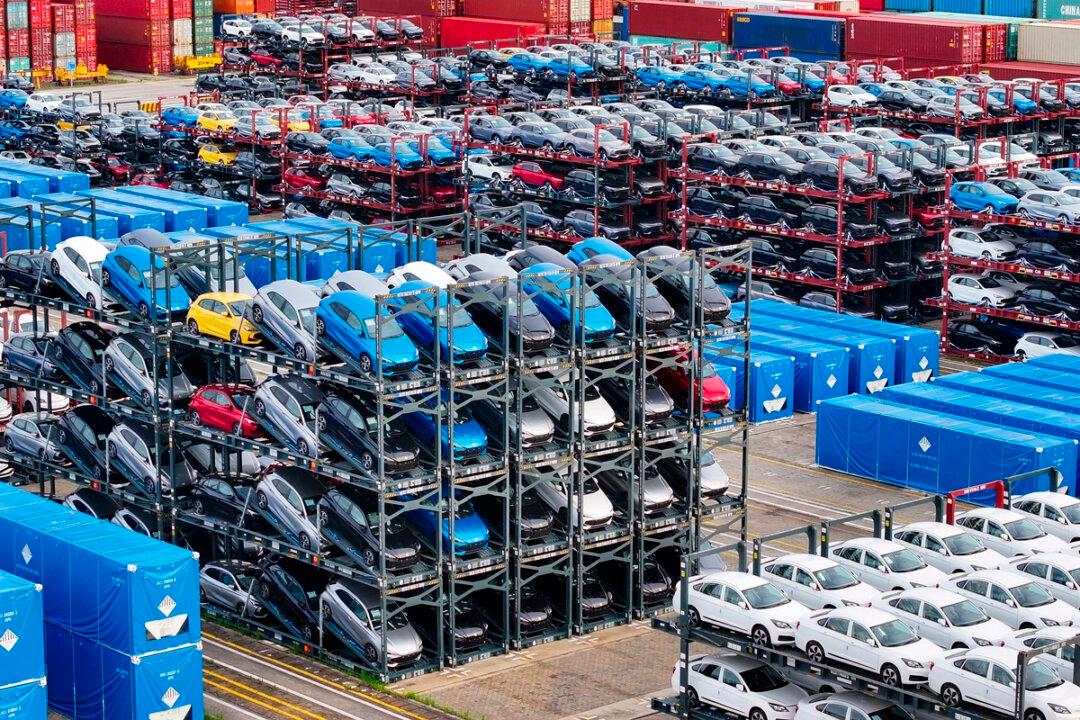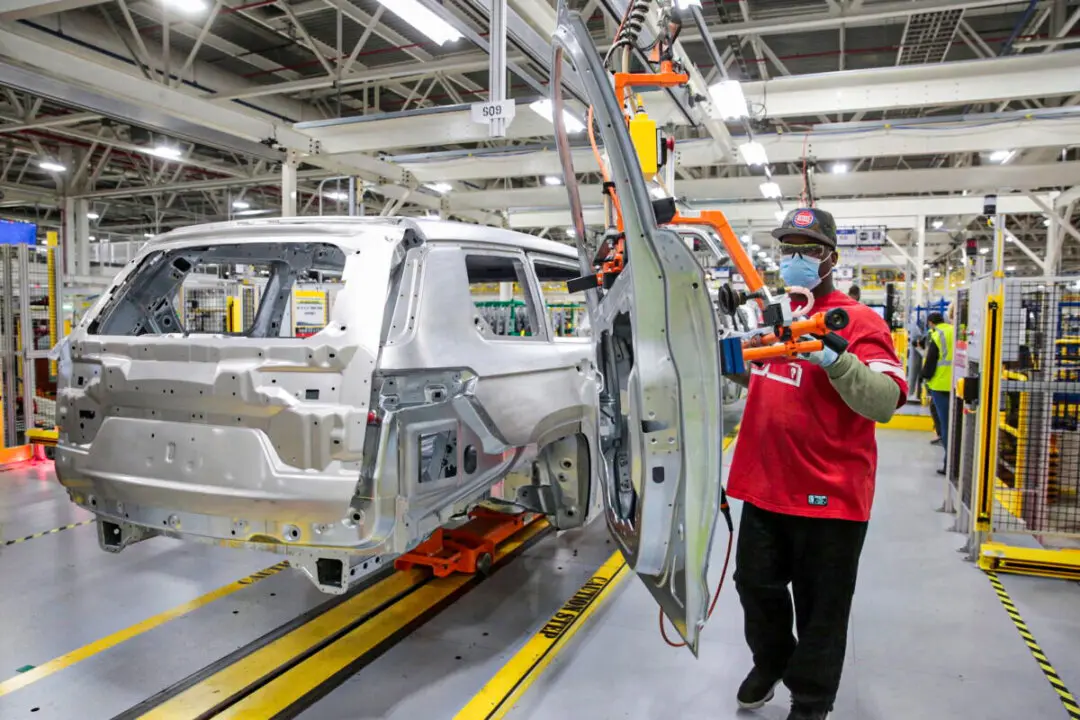News Analysis
China’s vehicle export growth is expected to drop sharply in 2025 as tariffs from the European Union and the United States are set to take full effect, making its automobile manufacturers less competitive. The forecast reflects a broader slowdown in China’s exports and economic growth in the new year.





